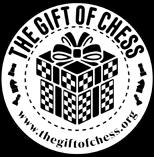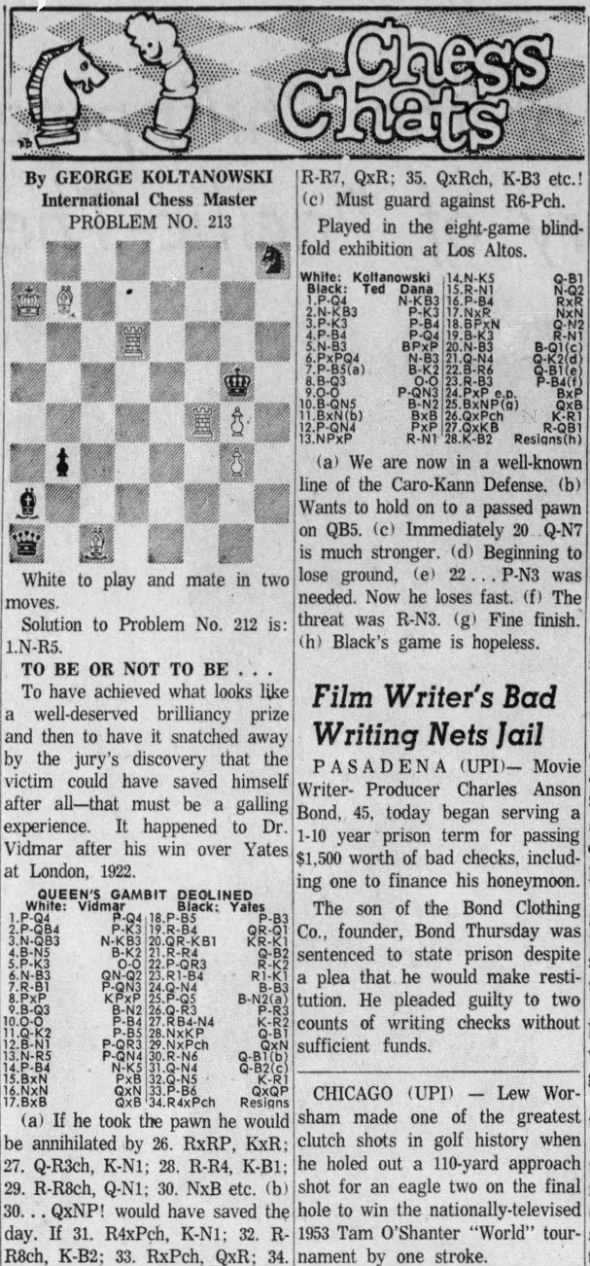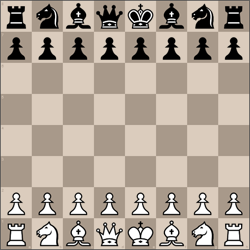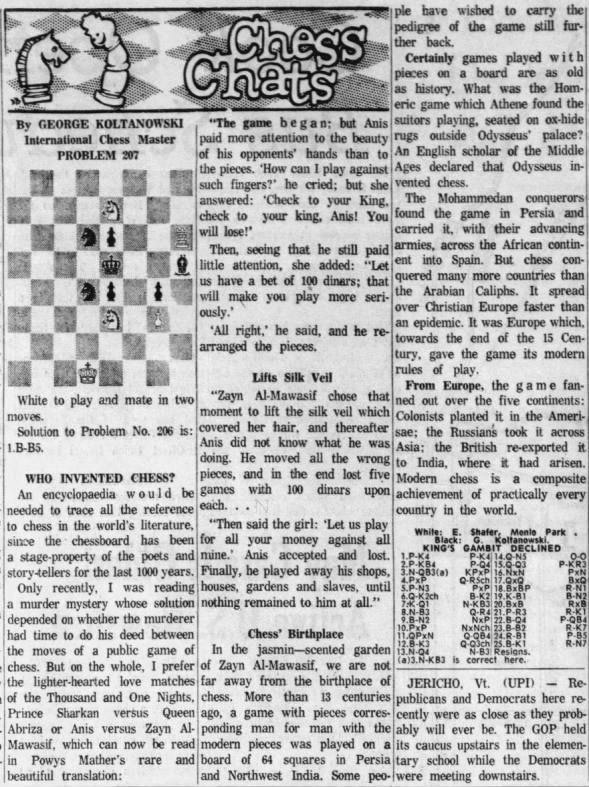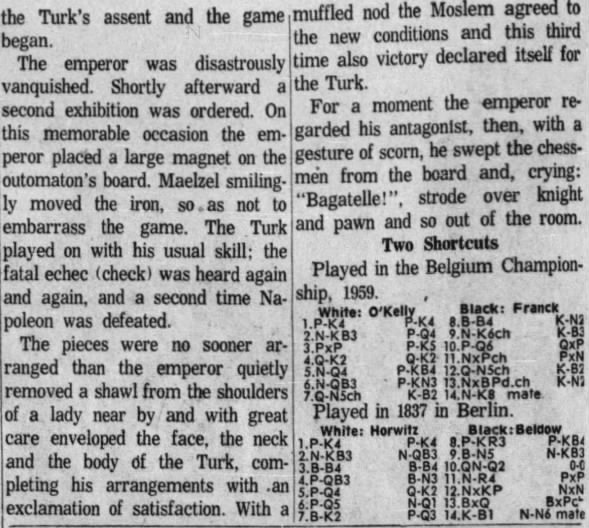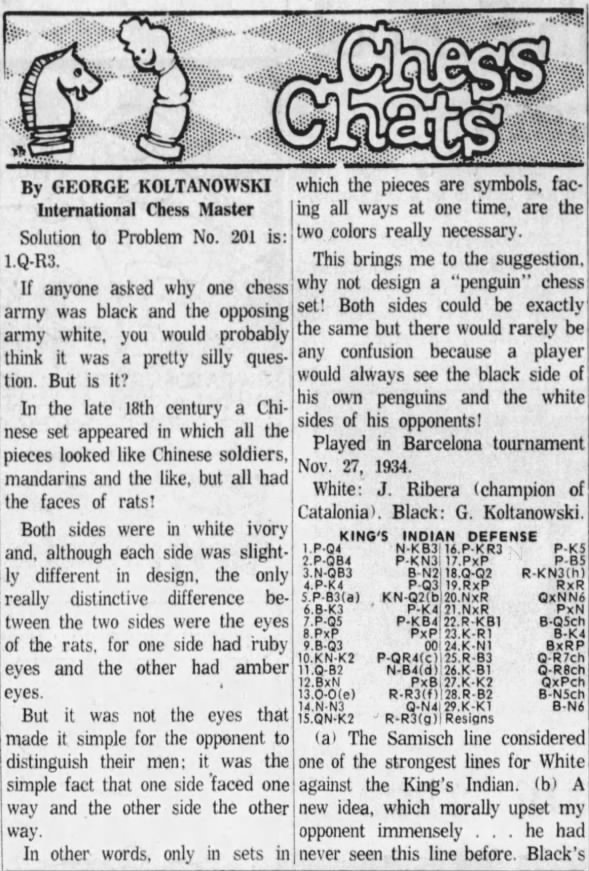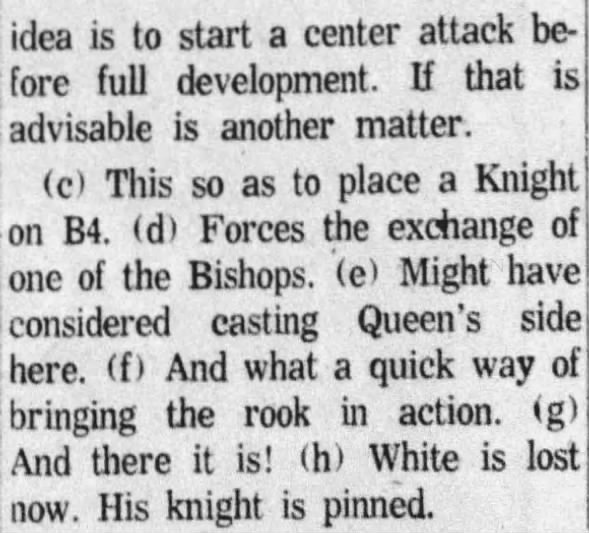 Chess 01 Jan 1959, Thu The Guardian (London, Greater London, England) Newspapers.com
Chess 01 Jan 1959, Thu The Guardian (London, Greater London, England) Newspapers.com
Chess
The Guardian, Chess, Thursday, January 01, 1959, Greater London, England PROBLEM No. 506 By B. J. de C. Andrade...
Posted by Bobby Fischer's True History on Saturday, April 30, 2022
PROBLEM No. 506
By B. J. de C. Andrade (Woodford)
Black (6)
White (7)
White mates in two moves.
FEN 7n/2R2n2/2b1k1p1/1p5N/1K4P1/2NQ4/7B/8 w - - 0 1
Solution: 1. Ne2 Ne5 2. Nef4#
Fischer's great win
The 15-year-old United States champion, Bobby Fischer, has just brought off another astonishing victory in the current American championship by winning Reshevsky's queen in only twelve moves. Reshevsky is considered by many the world's greatest player outside Russia.
The game went (Fischer, White):
1. P-K4 P-QB4
2. N-KB3 N-QB3
3. P-Q4 PxP
4. NxP P-KN3
5. N-QB B-N2
6. B-K3 N-B3
7. B-QB4 Castles
8. B-N3 N-QR4? (correct is P-Q3)
9. P-K5 N-K1
10. BxPch KxB
11. N-K6 PxN (11. … KxN; 12. Q-Q5ch leads to mate);
12. QxQ. Reshevsky resigned 30 moves later.
Fischer leads the tournament with four out of five. The modern forms of the King's Indian Defence, in which Black combines the fianchetto of his KB with a general pawn advance on the queen's wing, are so popular nowadays that there is a tendency to underestimate White's opportunities for a central break-through if Black carries out his plans inaccurately. The following example was won by the young Hungarian champion, who is now competing at Hastings:
Lajos Portisch (white) vs. N.N. (black)
Benoni Defense: Four Pawns Attack, Main Line
1. The modern form or the Benoni Defence is quite popular at present, since it leads in mutually sharp attacks in which the stronger player usually wins. Here White has set up an aggressive centre formation aiming at an early P-K5, and Black should in turn mobilise his queen's side pawn majority as soon as possible. The best way to do this was 9. … P-QN4; for if 10. NxP NxKP or 10. BxP NxN; 11. NxN Q-R4ch.
2. A well-known manoeuvre: from QB4 the knight controls the important squares Q6 and K5, as well as restraining Black's queen's side attack.
3. In the days of Steinitz and Tarrasch such a move, accenting doubled pawns, would have been condemned; it is a sign of the revolution in chess theory in the last 50 years that to-day it is almost a routine operation. If 11. BxN PxB; the weakness of the doubled pawns is outweighed by Black's enhanced prospects on the QN file and the white squares.
4. An interesting pawn sacrifice which White rightly declines, for if 13. BxP Q-N3ch; 14. K-R1 N-KN5; with a strong attack.
5. The pawn must now be defended by 13. P-QN4; although after 14. P-QR4, White has the initiative.
6. An excellently judged combination which results in a deceive central breakthrough.
7. Or. 16. … Q-N3; 17. B-K3 N(B3)-Q2; 18. P-QN4.
8. Justifiably, Black decides to play, for if l9. … N-Q2; 20. N-K4 wins easily.
9. There is no time for 22. … PxP; 23. R-K8ch R-B1; 24. RxBch KxR; 25. P-Q7 dis. ch., and mate next move.
10. Now, is 24. … PxP; 25. B-B8ch K-N1; 26. B-R6 mate.
 Leading Scores 01 Jan 1959, Thu The Guardian (London, Greater London, England) Newspapers.com
Leading Scores 01 Jan 1959, Thu The Guardian (London, Greater London, England) Newspapers.com
The leading scores at the international chess tournament at Hastings are now: Duckstein, 2½; Darga, 2; Portisch and Uhlmann, 1½ and 1 adjourned.
 Gereben In Top Form 02 Jan 1959, Fri The Guardian (London, Greater London, England) Newspapers.com
Gereben In Top Form 02 Jan 1959, Fri The Guardian (London, Greater London, England) Newspapers.com
GEREBEN IN TOP FORM
Hastings chess match
From our Chess Correspondent
Hastings, January l.
The veteran former Hungarian master, Gereben, is putting up a fine fight against his younger rivals in the international chess tournament here. When the fourth round is completed he should be sharing the lead with Uhlmann of East Germany.
Gereben to-day played a good positional game against Duckstein, who accepted the Queen's Gambit but obtained a cramped position. Gereben won the exchange and although the game was adjourned Duckstein has little hope of saving it.
The two Germans, Uhlmann and Darga, were both in sparkling form. Uhlmann took only sixteen moves to defeat Wade, who fell into a bad variation of the Queen's Gambit Accepted and lost his queen. Radoicic's handling of the Dutch Defence was too loose and a pretty series of combinations gained a piece and the game for Darga.
Fuster had a good position against Portisch in the middle game, but although the Canadian master had made a New Year resolution to avoid time trouble, he found himself with some twenty moves to make in four minutes. He lost his advantage and the game was adjourned in a king and pawns ending which Portisch should win.
Barden and Clarke had an equal position from the Nimzo-Indian defence, but Barden made an unsound pawn sacrifice. Clarke quickly consolidated, and further exchanges made his advantage decisive. In adjourned games. Gereben drew with Wade, Uhlmann beat Clarke, and Portisch drew with, Barden.
The leading scores are Uhlmann 3½, Darga 3, Duckstein 2½ and 1 adjourned. Portisch 2 and 1 adjourned, Gereben l½ and 2 adjourned.
 Portisch and Uhlmann Main Contenders For Chess Prize 05 Jan 1959, Mon The Guardian (London, Greater London, England) Newspapers.com
Portisch and Uhlmann Main Contenders For Chess Prize 05 Jan 1959, Mon The Guardian (London, Greater London, England) Newspapers.com
Portisch and Uhlmann Main Contenders For Chess Prize
From our Chess Correspondent
Hastings, Sunday.
Two further rounds of the international chess tournament here have made it virtually certain that first prize lies between Portisch of Hungary and Uhlmann of East Germany. The results in round five (first-named players having white) were:
Radoicic beat Barden (Sicilian Defence); Wade adjourned against Darga (Reti Opening);Clarke beat Fuster (Sicilian Defence); Portisch beat Gereben (King's Indian Defence); Duckstein lost to Uhlmann (French Defence).
In round six Wade beat Barden (French Defence). Fuster-Radoicic (Queen's Gambit Declined); Portisch-Clarke (King's Indian Defence); Gereben-Uhlmann (Grunfeld Defence) and Darga-Duckstein (Ruy Lopez) were adjourned. In adjourned games Fuster lost to Gereben, Fuster drew with Portisch, and Gereben beat Duckstein.
Uhlmann is rather lucky to be in the lead, for he made a mistake in the opening against Duckstein and permitted the Austrian a powerful bind on the king's side. However, Duckstein went badly wrong in the ending and gave away first the win and then the draw. Against Gereben, however, Uhlmann showed fine strategy, defending accurately in a difficult position and going over to counter-attack at the right moment. The adjourned position is clearly won for Uhlmann.
After an uncertain start to the tournament. Portisch has now run into his best form and his two games were both fine positional efforts. He outplayed Clarke, and although the British player defended well in time pressure Portisch adjourned with the advantage of the exchange for a pawn.
The British players have continued to be disappointing. The best result was Clarke's win against Fuster, in which he took advantage of the Canadian's inexact play in the openings to build up a strong king's side attack. Fuster resigned two pawns down in a hopeless position.
Wade played in excellent positional style against Darga in the first session but afterwards mishandled the end game, although he still has winning chances. Barden has suffered two bad defeats and is right out of form. The leading scores are Uhlmann 4½ and one adjourned; Portisch and Gereben 3½ and one adjourned; Darga 3 and two adjourned.
 Uhlmann Still In Lead 06 Jan 1959, Tue The Guardian (London, Greater London, England) Newspapers.com
Uhlmann Still In Lead 06 Jan 1959, Tue The Guardian (London, Greater London, England) Newspapers.com
Geza Fuster (Canada) in contemplation at Hastings
UHLMANN STILL IN LEAD
Hastings chess match
From our Chess Correspondent
Hastings, Monday.
Uhlmann of East Germany continued on his winning way in the seventh round of the international chess tournament here with a brilliant combination against the West German player, Darga. He sacrificed a pawn in the opening, a Nimzo-Indian Defence, and in return had the two bishops and the attack. He broke through in the centre and decided the game with a fine queen sacrifice.
Uhlmann's rival, Portisch, was also in convincing form. He played the Sicilian Defence against Radoicic and gave an excellent demonstration of how two Knights can outplay two bishops when the position is blocked. Radoicic's pawns fell in profusion and he resigned at the adjournment.
Gereben played an interesting sacrifice of a knight for two pawns against Clarke in a King's Indian Defence. The sacrifice was probably not correct but the practical difficulties were too much for Clarke. His pieces were crushed beneath Gereben's wave of centre pawns.
Wade was lucky to draw against Fuster, who had a winning queen and pawns ending but allowed perpetual check. Barden is probably booked for another defeat against Duckstein, who took control of the board in the middle game and gradually increased his space advantage until the adjournment. In adjourned games, Wade beat Darga, Portisch beat Clarke, and Uhlmann beat Gereben.
The leading scores are: Uhlmann 6½, Portisch 5½, Gereben 4½. Wade 3½.
 Chess Leaders Pull Ahead 07 Jan 1959, Wed The Guardian (London, Greater London, England) Newspapers.com
Chess Leaders Pull Ahead 07 Jan 1959, Wed The Guardian (London, Greater London, England) Newspapers.com
CHESS LEADERS PULL AHEAD
Eighth-round games
From our Chess Correspondent
Hastings, Monday.
Both Uhlmann and Portisch again won in the eighth national Chess Tournament here to-day and are now far ahead of all their rivals.
Barden had a reasonable position for some time against Uhlmann's French Defence but he was outplayed in the middle game and Uhlmann finally forced checkmate by a neat queen's sacrifice. Portisch was soon on the attack with his English Opening against Wade, who weakened his king's position. Wade had to give up his queen for rook and knight, and Portisch then quickly made sure of the win.
Gereben attacked in the centre against Darga's King Indian defence, but his pieces were driven back and Darga won a pawn. However, Darga missed a clear win and the adjourned position should be a pawn. However, Darga missed a clear king's side attack against Fuster, who played much too passively.
Clarke obtained the two bishops from his English Opening against Radoicic. Radoicic steadily lost around in the middle game and at the adjournment was two pawns down with a hopeless ending. In adjourned games Darga beat Duckstein and Duckstein beat Barden.
Leading scores are: Uhlmann 7½, Portisch 6½, Gereben 4½ and 1 adjourned, Duckstein 4½, and Darga 4 and 1 adjourned.


